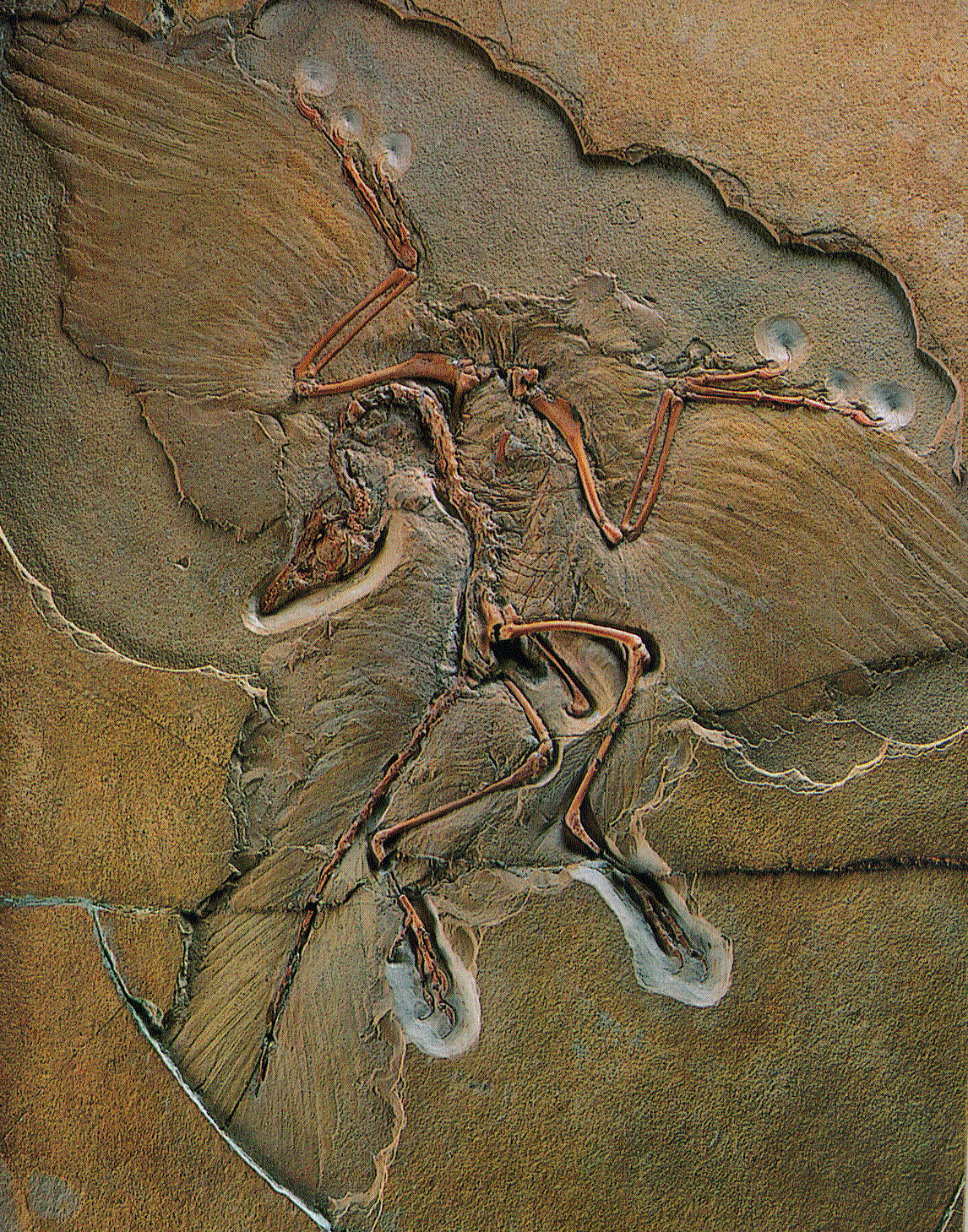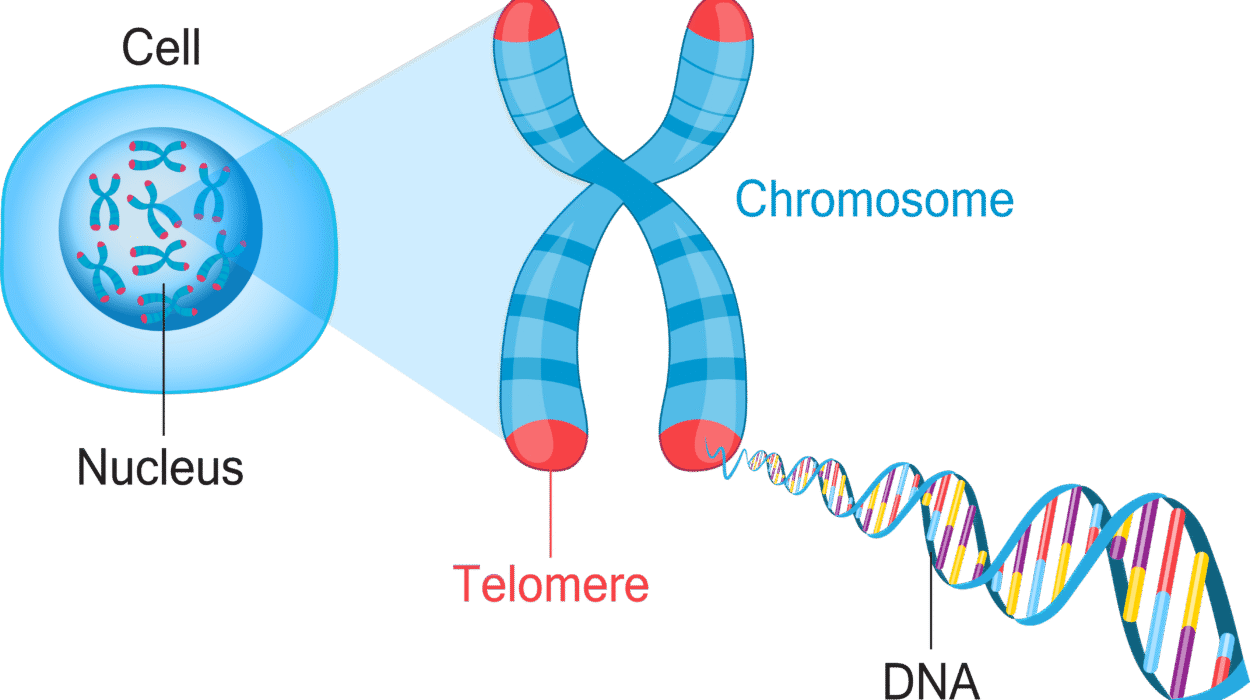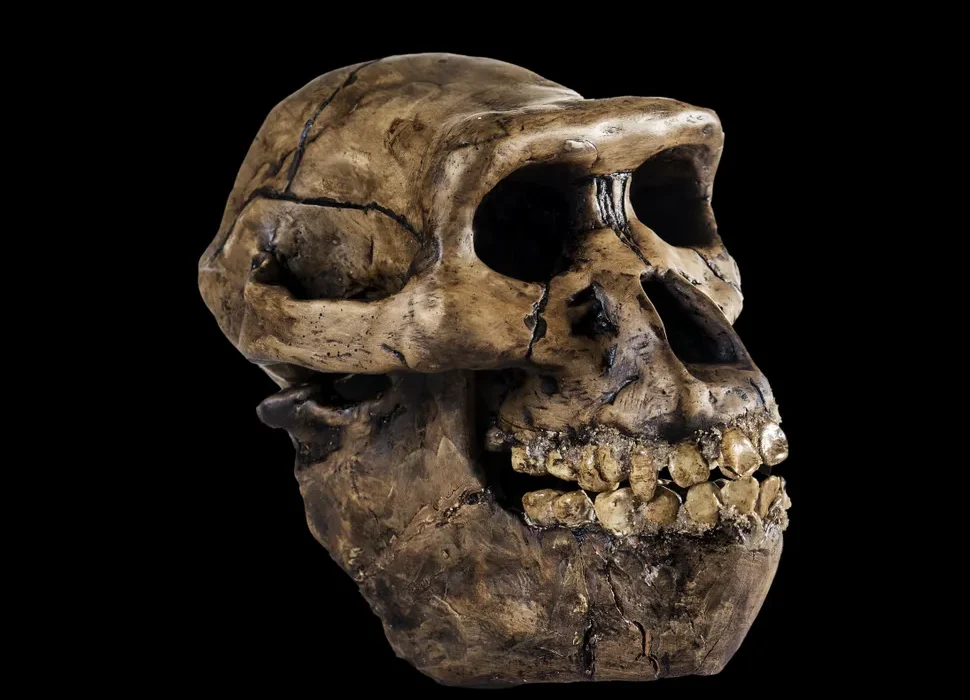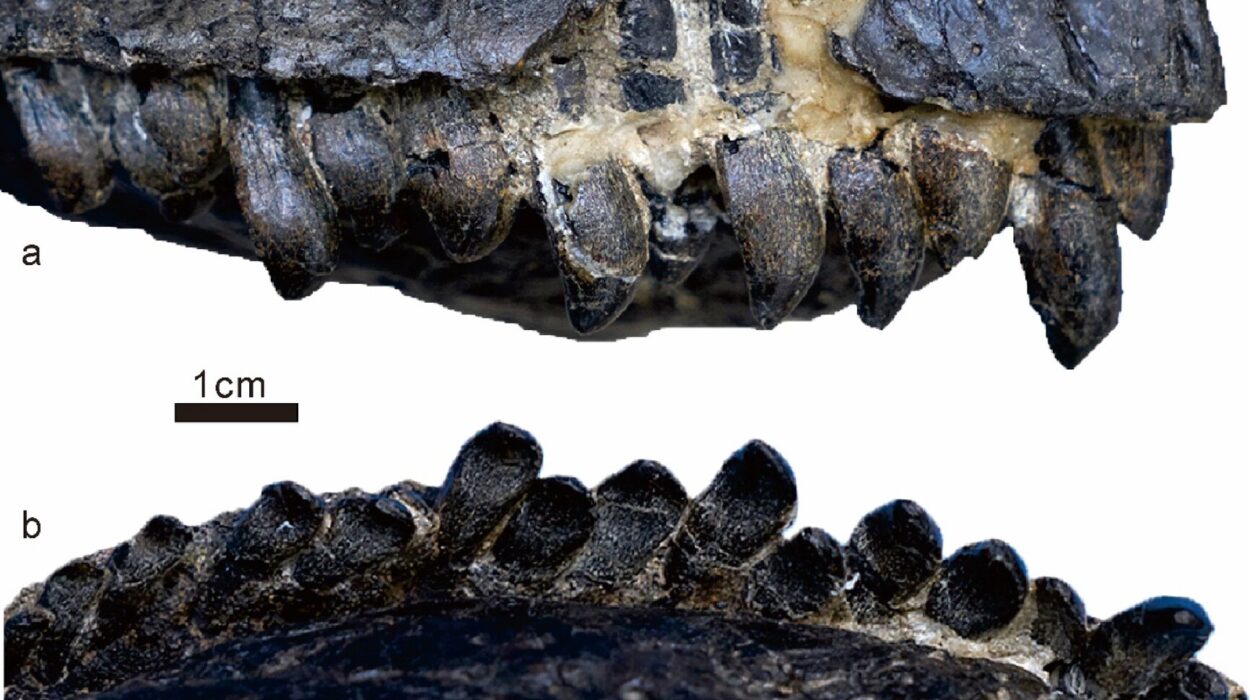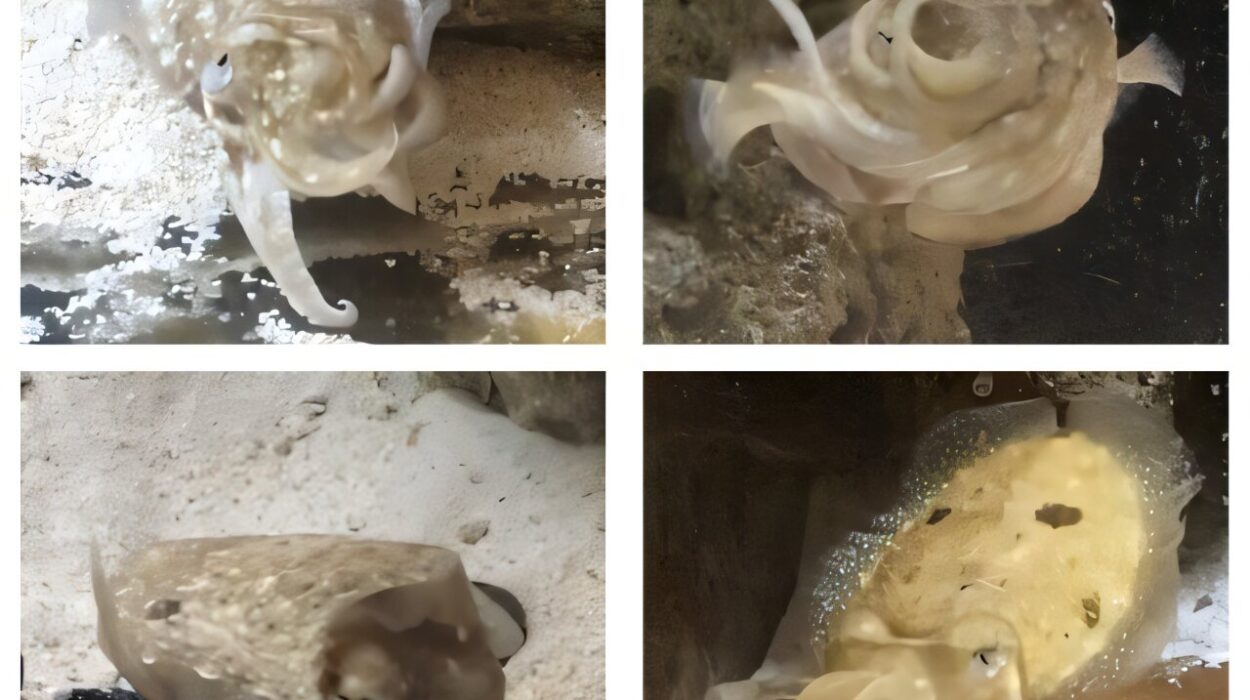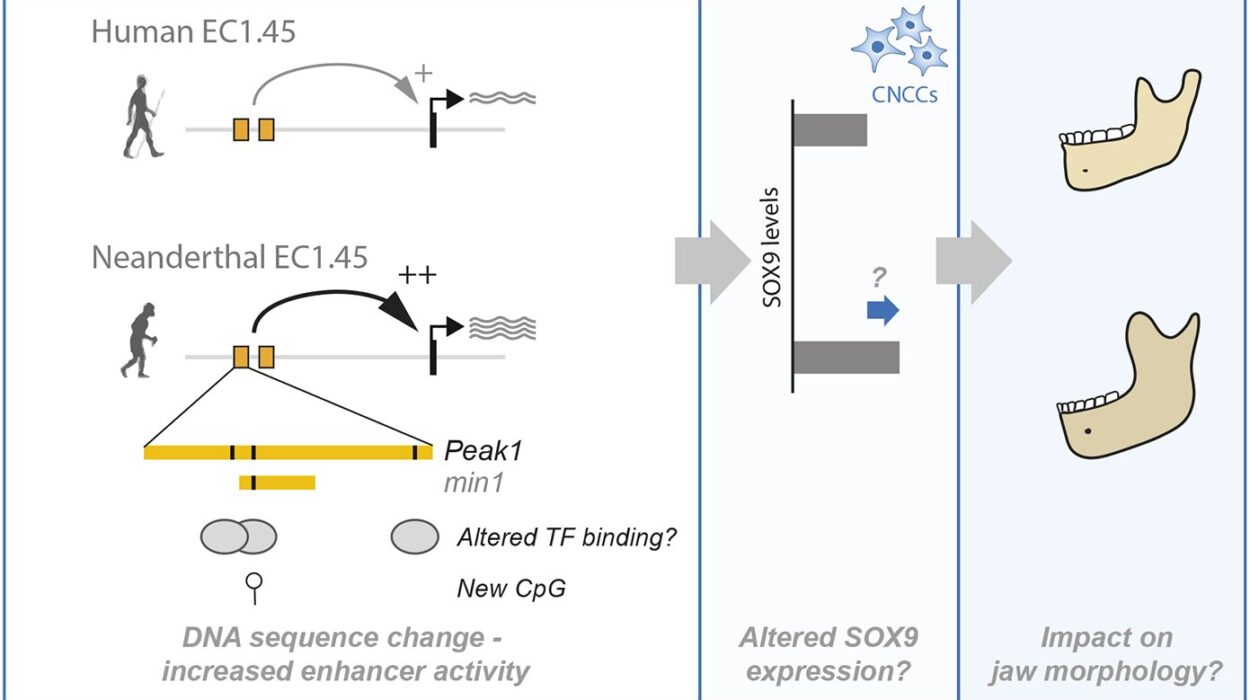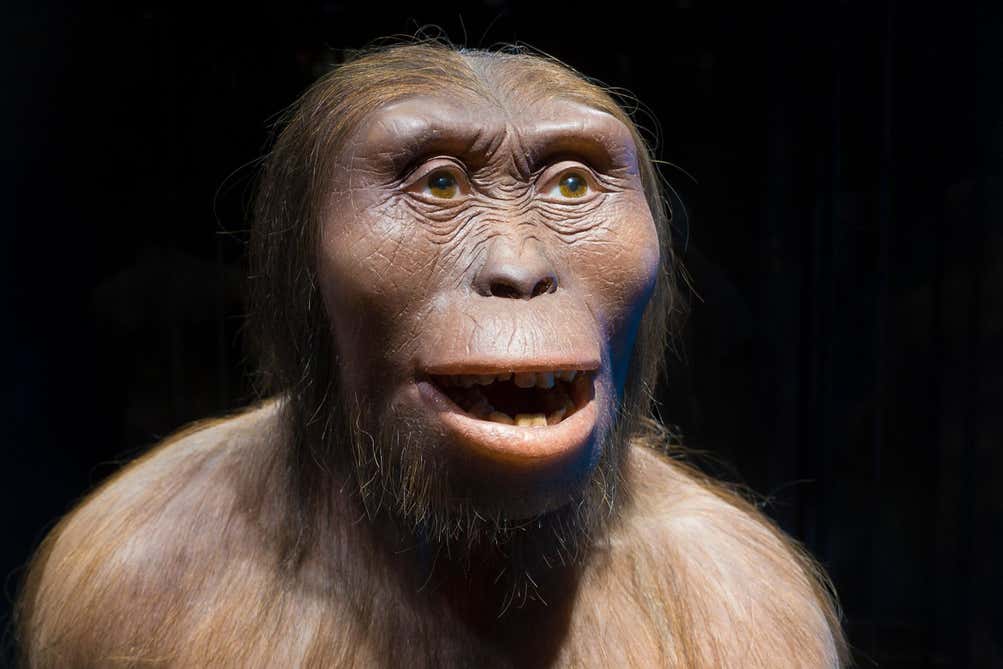When Charles Darwin published On the Origin of Species in 1859, he proposed a daring idea: all living organisms share a common ancestry, and new species arise through gradual changes over immense periods of time. This idea shook the world to its core. It challenged not just scientific understanding, but deeply held beliefs about humanity’s place in the universe. Yet Darwin was the first to admit that his theory had weaknesses. One of the most pressing was the absence of fossil evidence showing intermediate forms between major groups of life. Where were the creatures that had one foot in the past and another in the future?
Transitional fossils became the holy grail of paleontology—the bridges that could connect the ancient world to the present. They would not only help answer Darwin’s critics but also bring his theory of evolution to life. Each fossil would serve as a snapshot in time, capturing life in motion, not static categories of “fish,” “amphibian,” or “reptile,” but a dance across the evolutionary spectrum.
Over the decades, the earth gave up its secrets. Rock by rock, layer by layer, fossil by fossil, scientists uncovered proof that life is not a set of fixed kinds but a flowing continuum. These transitional fossils became powerful messengers, not just of science, but of transformation, resilience, and time.
Archaeopteryx and the Feathered Revolution
Among the first and most electrifying transitional fossils ever found was Archaeopteryx. Discovered in 1861 in the limestone quarries of Solnhofen, Germany—just two years after Darwin’s theory shocked the world—this ancient creature bore the unmistakable imprint of feathers. Yet it had teeth, claws, and a long bony tail like a reptile. It was unlike anything seen before.
At first, the world didn’t know what to make of it. Was it a bird? A dinosaur? A hoax? The idea that birds had descended from reptiles sounded absurd to many Victorian minds. Birds, after all, were the very symbol of grace and freedom, while reptiles seemed primitive and cold-blooded. But Archaeopteryx offered no apology. It stood at the crossroad between past and future, refusing to fit into any neat category.
Over time, more specimens were discovered. Scientists realized that Archaeopteryx wasn’t just a feathered curiosity; it was a revolutionary bridge between non-avian dinosaurs and the birds we know today. It flapped open the doors to the dinosaur-bird connection, a radical idea that has now become scientific consensus.
In recent years, the discovery of feathered dinosaurs in China—such as Microraptor and Anchiornis—has deepened the picture. We now understand that feathers evolved long before flight, possibly for insulation or display, and that birds are not just descended from dinosaurs—they are dinosaurs. When a robin lands on your windowsill, you are looking at the living legacy of a lineage that survived mass extinction, shrank in size, and took to the skies.
Tiktaalik: The Fish That Crawled Into History
Imagine a world 375 million years ago, when life still clung to the oceans and the land was a barren, alien desert. The idea that some fish would eventually crawl out of the water and evolve into amphibians, reptiles, and eventually humans seemed almost too far-fetched to believe—until a creature named Tiktaalik was found buried in the Canadian Arctic.
Discovered in 2004 by a team led by Neil Shubin, Tiktaalik roseae was a revelation. With the scales and fins of a fish but the flat head, mobile neck, and sturdy limb-like fins of a tetrapod (four-limbed vertebrate), Tiktaalik was exactly the transitional fossil paleontologists had hoped to find.
What made Tiktaalik so astonishing wasn’t just that it had bones resembling a shoulder, elbow, and wrist inside its fin, but that it looked ready—almost eager—to pull itself onto land. It seemed frozen in the very act of transition, a fish becoming something more.
Tiktaalik did not walk out of the water and turn into a salamander overnight. But it gave scientists insight into how limbs evolved not for walking, but for navigating shallow streams, propping up the body in muddy environments, and eventually, supporting weight on land.
It bridged a conceptual abyss. With Tiktaalik, the line between aquatic and terrestrial life grew less like a chasm and more like a gently sloping shore.
Ambulocetus: The Walking Whale
Few transitions in the story of evolution are more mind-bending than that of whales. Today, they are the lords of the ocean—massive, streamlined, and utterly aquatic. But their ancestors lived on land. This idea was once considered ludicrous. How could a land mammal become a sea creature again? What would the halfway form even look like?
The answer came in the form of Ambulocetus natans, whose name means “walking whale that swims.” Discovered in Pakistan in the early 1990s, this creature lived about 50 million years ago and looked like something out of a nightmare—part crocodile, part otter, part wolf.
It had robust limbs capable of walking on land, but also a long, powerful tail and webbed feet for swimming. It likely hunted both in water and on shore, sliding between two worlds. Ambulocetus was a true amphibious predator, and its body preserved the moment when whales began their exodus back to the sea.
Subsequent discoveries, including Pakicetus (a more land-based early whale) and Basilosaurus (a more fully aquatic whale with tiny hind limbs), have fleshed out the story. Genetic studies have confirmed that whales are closely related to hoofed mammals like hippos, and fossil evidence supports this connection. What once seemed impossible is now understood as a breathtaking evolutionary journey—land to sea, lungs to blowholes, legs to flippers.
Australopithecus afarensis and the Rise of Bipedalism
Perhaps no fossil discovery is more personal, more emotionally charged, than those that trace the origins of our own species. One of the most famous of these is Australopithecus afarensis, a hominin species that lived about 3.2 million years ago in what is now Ethiopia. And the most iconic specimen of that species is known to the world simply as Lucy.
Discovered in 1974 by Donald Johanson and his team, Lucy was a small female hominin, just over three feet tall. Her skeleton was remarkably complete, and her bones told a remarkable story: she walked upright.
This was a turning point. For decades, scientists had debated whether bipedalism or brain size came first in human evolution. Lucy settled the question. Though her brain was only slightly larger than a chimpanzee’s, her pelvis, femur, and knee joint all pointed to habitual walking on two legs. She was not human, but she was not a chimpanzee either.
Lucy and her kin were the trailblazers of a path that would eventually lead to Homo sapiens. Their adaptation to bipedalism allowed our ancestors to free their hands, see over tall grass, and travel long distances efficiently. It also set the stage for the development of tools, culture, and language.
Lucy’s fossilized remains became more than bones—they became a symbol of our shared ancestry. Her name, inspired by the Beatles song “Lucy in the Sky with Diamonds,” echoed across the world, and her story has inspired generations to ask: where did we come from?
Transitional Fossils and the Tree of Life
For much of history, people viewed the natural world as static and unchanging. Species were believed to be fixed entities, created in their final form. But the fossil record tells a different story—one of constant change, branching paths, and unexpected turns.
Transitional fossils do not represent missing links in a simplistic ladder of progress. Rather, they illustrate a branching tree of life, with each fossil capturing a moment of experimentation. Evolution is not a straight line from primitive to advanced. It is a web of relationships, a story of survival, adaptation, and chance.
Fossils like Ichthyostega (an early tetrapod), Morganucodon (an early mammal-like reptile), Hyracotherium (an early horse ancestor), and Sinodelphys (the earliest known marsupial) each illuminate different branches of this tree. They remind us that every species is transitional, including our own.
What makes transitional fossils so powerful is not just that they fill gaps, but that they show us evolution in motion. They show how feathers can arise from scales, how jaws can evolve from gill arches, how ears can form from jaw bones, and how the impossible becomes reality through time and natural selection.
The Ongoing Hunt and the Unwritten Chapters
Despite all that we have found, the fossil record remains incomplete. Paleontology is a science of patience, luck, and persistence. For every fossil unearthed, there are countless others still buried, waiting for erosion or excavation to bring them to light.
New technologies, such as CT scanning, isotopic analysis, and ancient DNA sequencing, are revolutionizing the field. Fossils can now be studied without destroying them. We can reconstruct musculature, movement, even behavior. We can explore how climate shaped evolution, how ecosystems rose and fell, and how extinction events pruned the tree of life.
Even as we understand more about the deep past, we are forced to confront the fragility of life on Earth. Mass extinctions have erased vast portions of evolutionary history. The current biodiversity crisis raises difficult questions about which species—and which stories—will be lost before they’re ever known.
Transitional fossils offer a sobering lesson: nothing is permanent. The forms of life we see today are temporary configurations, caught in an endless dance of birth, death, and transformation. And yet, they also offer hope. Life is resilient, creative, and endlessly capable of change.
What Transitional Fossils Teach Us About Ourselves
At its core, the story of transitional fossils is the story of becoming. It is the story of how the world we know emerged from unimaginable forms and forgotten eras. It teaches us humility, reminding us that our species is just one leaf on an ancient tree whose roots stretch back billions of years.
But it also teaches us connection. We are kin to the whales in the sea, the birds in the sky, and the fossils in the ground. We are the product of an unbroken chain of survivors, each generation a link between the past and the future.
To hold a transitional fossil is to hold a moment of transformation in your hands—a creature caught between worlds, defying categories, and writing a new chapter in the book of life. These fossils changed everything, not because they were perfect or complete, but because they showed that change itself is the rule of life.
In a time when we often feel fragmented, isolated, and divided, the story of transitional fossils offers a profound truth: we are all part of something larger. Something ancient. Something evolving.
And the story isn’t over.
